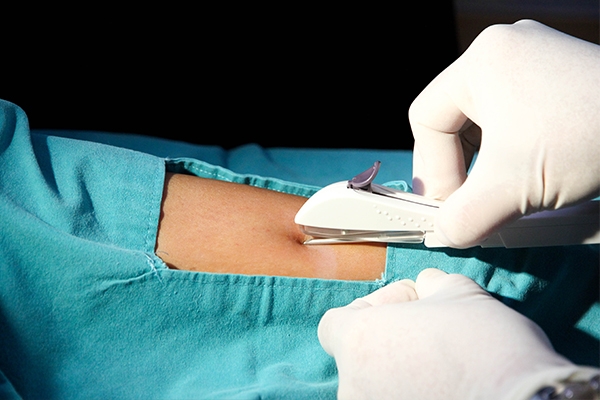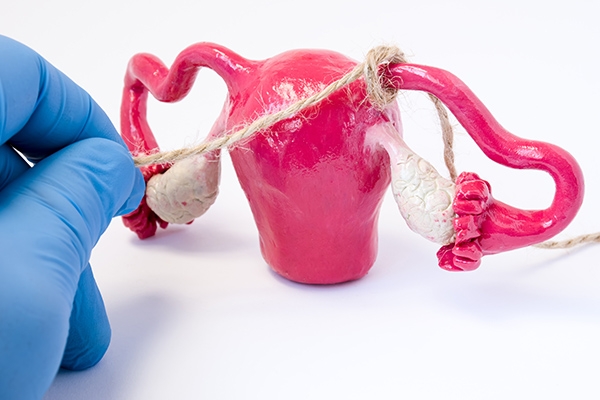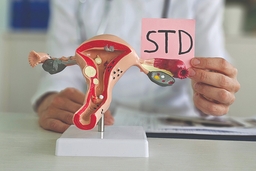Various Contraceptive Devices: Which Is The Most Suitable?

Children are God's most beautiful gift to the family. However, if you are not prepared to have children, it is best to put it off. A birth control device can assist you to prevent pregnancy.
Pregnancy occurs when the egg and sperm combine. Contraception can prevent this. This tool prevents the meeting of egg and sperm, the production of egg cells, and the adhesion of the fertilized egg and sperm to the uterine wall.
Contraception can be used to prevent sexually transmitted diseases (STDs) in addition to preventing pregnancy.
The types of contraceptive devices
There are numerous contraceptive options available today. Inserted into the uterus, injected, consumed on a regular basis, or even through so-called natural methods.
Each of these contraceptives has benefits and drawbacks. Consider its safety, effectiveness, availability, affordability, and potential side effects on the body before deciding. Keep in mind that there is no 100% effective contraception method.
The use of the contraceptive should be agreed upon by the husband and wife. Men, like women, should play a role in preventing pregnancy.
Here are some contraception options to consider:
1. Injection

According to data from the Central Statistics Agency (BPS), injection is the most commonly used contraceptive method in Indonesia. In 2022, the figure will rise to 66.49%.
Injections are an option because they are convenient and inexpensive in comparison to other contraceptive methods. Users only need an injection in the buttocks or arms every three months or once a month, depending on the medicine being used.
Injectable contraceptives either contain only progestin or both estrogen and progestin. Its function is to prevent ovulation and thicken cervical mucus. Users typically experience side effects such as facial pimples, weight gain, headaches, and bleeding.
This method is temporary, and therefore pregnancy can occur if the injection time is missed. This contraception has a failure rate of 4%.
2. Pills

After injections, pills come in second. Pills are classified into two types: combination pills and mini pills. Estrogen and progesterone are both present in combination pills.
Meanwhile, the mini pill contains only progestin. Every day, both types of pills are taken at the same time. It is not advised to use this contraceptive if you are over the age of 35, smoke, have a history of blood clots, or have breast cancer.
Birth control pills thicken the mucus in the cervix, making it impossible for the sperm to meet the egg. Ovulation is also prevented by birth control pills, albeit only at certain times. Pills have side effects such as increased body weight, high blood pressure, and irregular menstruation. The failure rate can reach 7%.
3. Implant

There are 8.85% implant users. The shape and size are similar to matchsticks. This contraceptive is inserted beneath the skin of a woman's upper arm. The implanted rod contains a progestin that is released into the body over a three-year period. The failure rate is only 0.1%.
The utility of this tool is quite high. However, users may experience side effects such as irregular menstruation and bruising during the initial installation. Various side effects, as well as the myth that implants can cause weight gain, make this type of contraception less desirable.
4. IUDs

IUDs (intrauterine devices) are also known as spiral birth control. This small, T-shaped instrument is inserted into the uterus. There are two types of IUDs: progestin hormone or hormonal IUDs and non hormonal IUDs (copper-coated spiral).
To prevent pregnancy, the hormonal IUD releases a small amount of the hormone progestin every day. This tool is used for children aged 3 to 8 years. Has a failure rate of 0.1%-0.4%. Meanwhile, non-hormonal IUDs can be used for up to ten years. The failure rate is 0.8%.
Spiral users continue to have menstruation every month. Users report extremely heavy and prolonged menstruation at the start of the installation. Some people even experience menstrual cramps. This is normal. Menstruation gradually returns to normal.
5. Patch

The patch is a type of contraception that also contains estrogen and progesterone. It is applied to the lower abdomen, buttocks, or upper body (not on the breast). The goal is to prevent ovulation and thicken cervix mucus.
For three weeks, the patch is applied once a week. It is more effective than birth control pills, which must be taken daily. The majority of users report no side effects. However, some users report nausea or headaches, menstrual spotting, or breast tenderness. This condition goes away after about 2-3 months of use. This contraceptive has a 7% failure rate.
6. Sponge and spermicide

The spermicide-containing contraceptive sponge is placed in the cervix. The sponge is effective for up to 24 hours and should be left in the vagina for at least 6 hours after sexual intercourse. The sponge will then be removed and discarded. There is a 27% failure rate.
Spermicides, unlike sponges, work by killing sperm. It is available in a variety of forms, including foam, gel, cream, and tablets. This device is placed in the vagina a maximum of one hour before sexual intercourse and left there for 6-8 hours. The failure rate can reach 21%.
7. Fertility-based methods (calendar)

The calendar method is promoted as a natural method of avoiding or planning for pregnancy. If you want to use this method, you should first understand your fertility cycle.
The number of days in a month when you are fertile (can get pregnant) or infertile (no pregnancy) is known as your fertility cycle. You should have nine or more fertile days per month if your cycles are regular. This method has a failure rate ranging from 2% to 23%.
8. Lactational Amenorrhea Method (LAM)

If the following three conditions are met, women who have recently given birth and are breastfeeding can use the lactational amenorrhea method (MAL) for family planning: 1) amenorrhea (no menstruation after giving birth); 2) full or nearly complete breastfeeding; and 3) less than 6 months after delivery. This method is only temporary.
9. Permanent birth control method (tubectomy)

In women, sterilization, also known as tubectomy, is the binding or closing of the fallopian tubes so that sperm and eggs do not meet for fertilization. This method works immediately. The failure rate is less than 0.5%.
10. Male sterilization (vasectomy) and condoms

Men can also use contraception to avoid pregnancy. Sterile methods (vasectomy) and condoms are possibilities. Because a vasectomy prevents sperm from entering the penis, the ejaculate never contains fertile sperm. In about 12 weeks, the sperm count drops to zero. The failure rate is 0.15%.
Condoms, on the other hand, prevent sperm from entering the female body. The most common type, latex condoms, help prevent pregnancy as well as HIV and STDs. In general, the failure rate is 13%. Condoms are only used once.
Planning for the birth of children is the same as preparing them to be loved. Controlling childbirth improves a mother's mental health and happiness while also reducing pregnancy-related health risks.
The decision is entirely yours. It is not only the wife or woman's responsibility to use contraception. Husbands or men are also expected to help by accepting this responsibility. Select the method and tool that are best for you.
If you want to know more about family planning and the right choice of contraceptives, click on WhatsApp or visit the nearest GWS Medika Clinic.



